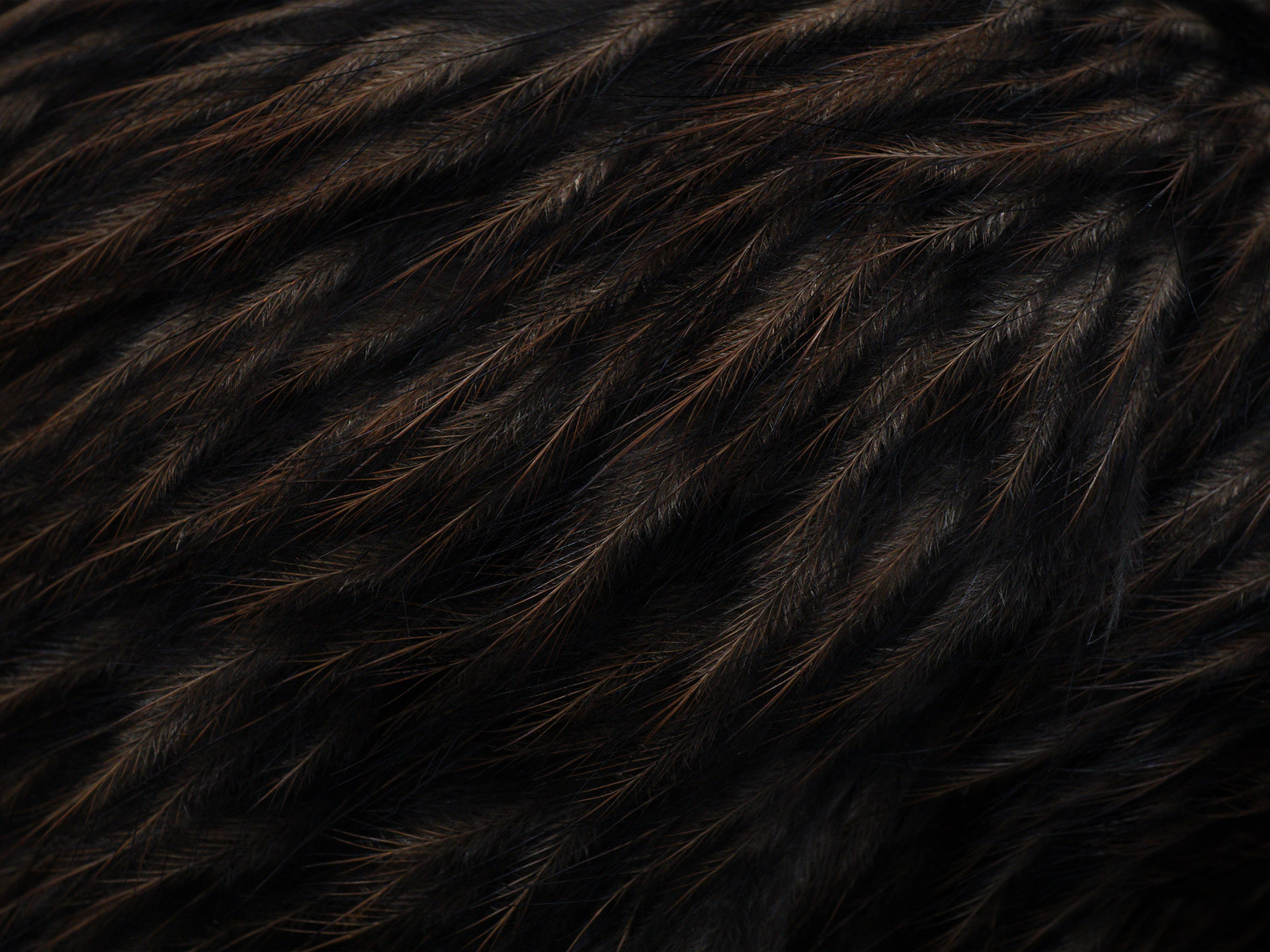A New Zealand Falcon, who has spent the past three months recovering from treatment for a broken femur and damaged wing at Massey University’s Wildbase Hospital, was released at New Plymouth’s Pukeiti Gardens today.
Representatives from Wildbase Hospital, and the Department of Conservation, were joined by representatives from Powerco, Wildbase Recovery’s Education Centre’s naming rights sponsor, and a member of the public who initially found the injured falcon.
The bird’s injuries were caused by a window strike. To make matters worse, a Jack Russell Terrier picked up the native bird while it was unconscious. A member of the public took the falcon to a New Plymouth vet group, where it was assessed as having issues with its eyes and poor use of its legs. Antibiotics, anti-inflammatories, and fluids were administered, before the birds was transported to Wildbase Hospital in Palmerston North.
Radiographs showed a fracture in the right femur, so the bird was immediately put into surgery. Three pins were inserted and then joined to a lateral bar to secure the bone back into place. The falcon was then moved into ICU and post-op medicines were started to treat any possible infection and assist with pain.
A few days after surgery, as the bird began to move more comfortable, it was noticed that its right wing was dragging. With no obvious wounds or shoulder swelling, the bird was given a body bandage which provided feather protection and comfort for a week. Bruising of the dorsal area was still evident, but as the bird was housed in a small cage to restrict movement it was not bandaged again.
A month after surgery and extensive rest, the falcon was put under general anaesthetic for the pins to be removed. A week later the bird was ready for rehabilitation. Once established, patients will be transferred to Wildbase Recovery’s purpose-built rehabilitation aviaries at this stage.
Set in Palmerston North’s Victoria Esplanade, Wildbase Recovery will provide 14 purpose-built rehabilitation aviaries and Massey University’s world-class care for native wildlife to fully recuperate before their release. There the 5m tall raptor aviary will provide birds, such as New Zealand falcons and harrier hawks, swinging perches and platforms with hanging food allowing them to practice their swooping skills.
For now, Wildbase Hospital’s technician, Pauline Nijman created a temporary aviary off site. Providing the bird with a variety of perches allowed him to practice his flying ability and strengthen his muscles without overdoing it. In addition to final assessment of his leg and wing, the vets have checked he has fully regained his waterproof feathers and overall health and wellbeing. They are confident he is ready for release and know he will be appreciative for being back where he belongs.
New Zealand falcons (karearea), are found on our $20 notes. The native bird of prey are an at risk, and in some areas, a threatened species with the population estimated at 8,000. Flying, they can reach up to speeds of 100km/h and can catch prey such as insects and mammals larger than themselves. Their biggest threat is rats and stoats who take advantage of the falcons’ nests on the ground. Window strike is another problem, where birds simply don’t see the glass and hit windows at speed.
Watch the falcon’s release on Stuff’s website here.
Photo credit: Powerco
